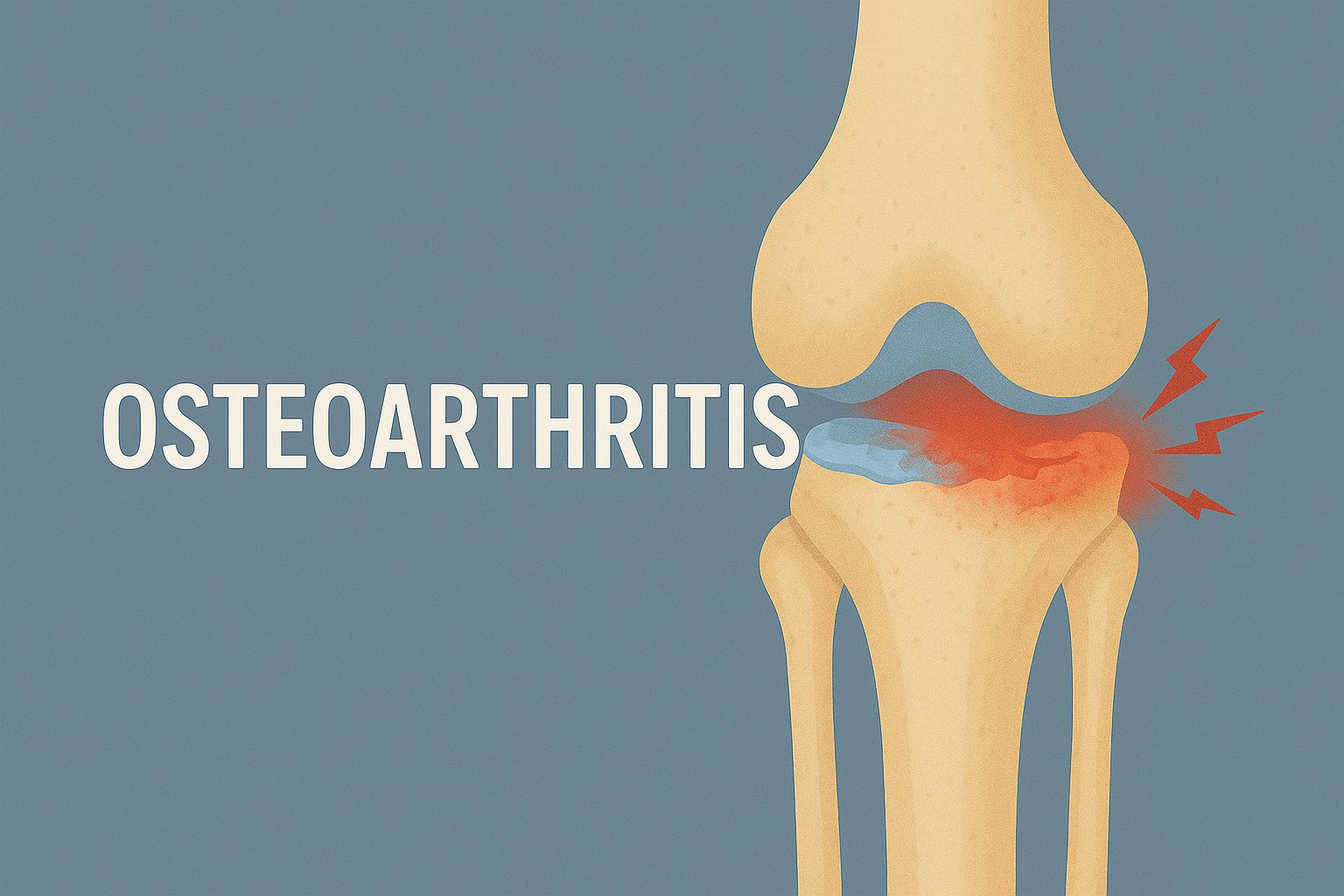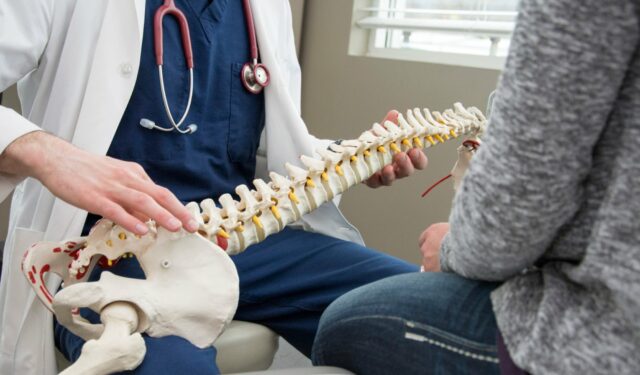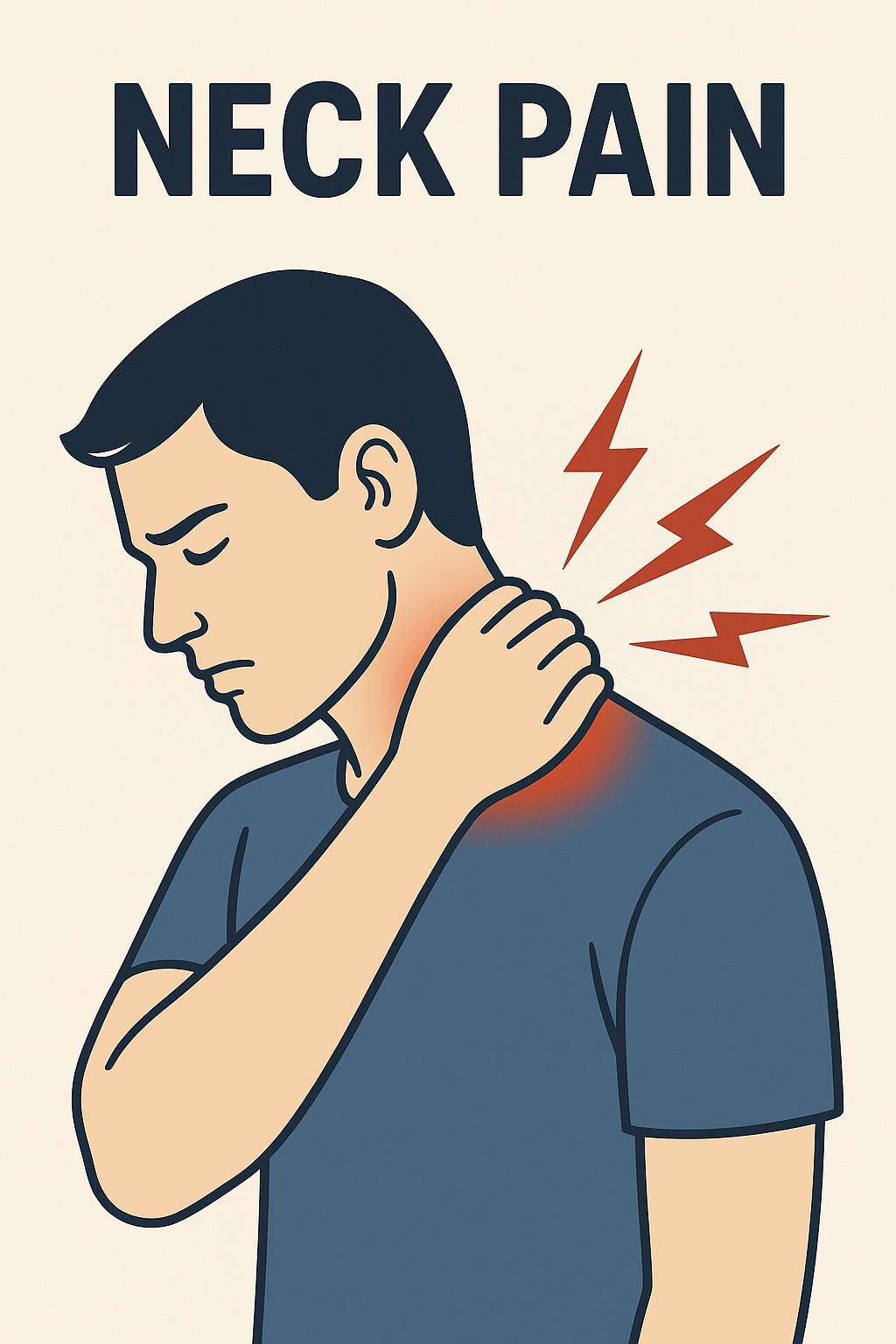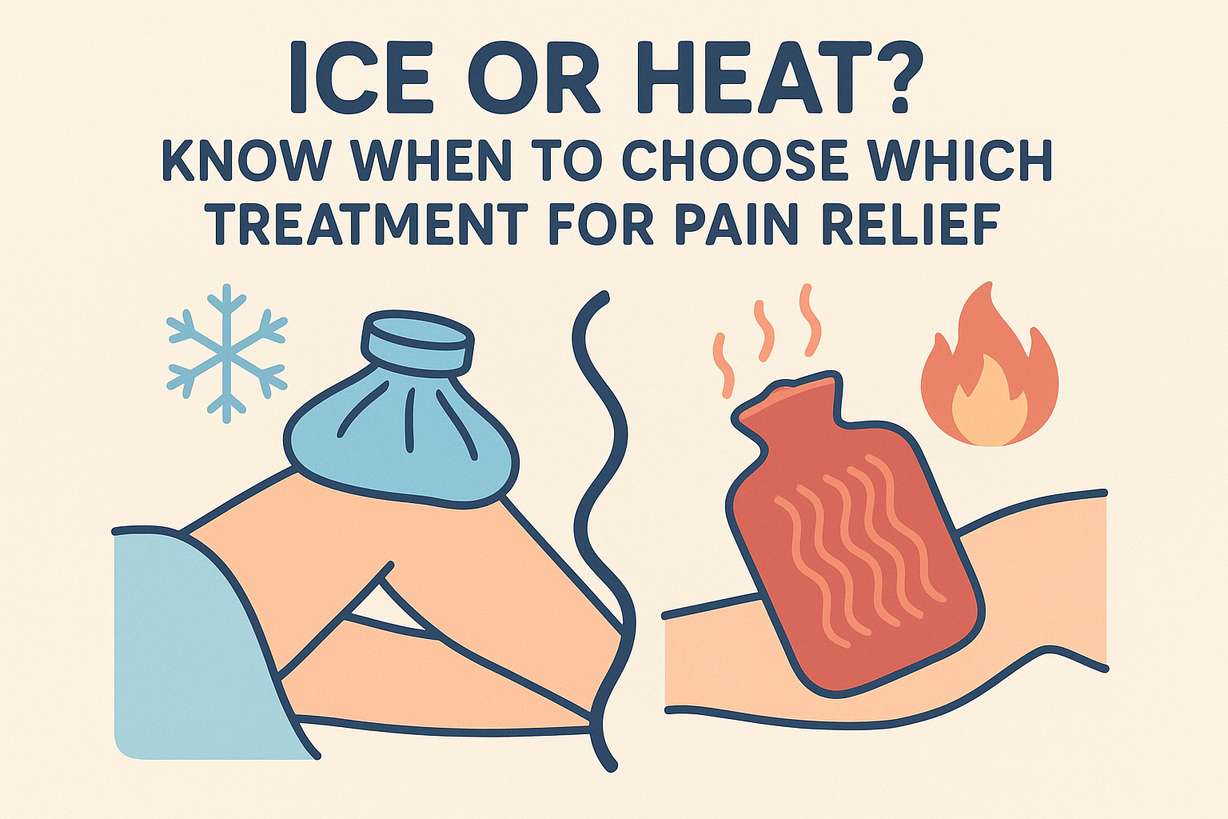Chiropractic Treatment for Facet Joint Syndrome
Early treatment is key. Chiropractors use manual adjustments, soft tissue work, and gentle mobilization techniques—not on the injured joint but around it to reduce pain and spasms.
You will also get advice on:
Comfortable positions for sleeping or sitting
Safe ways to move and bend
Exercises to restore movement and prevent flare-ups
Most acute cases improve within 4–6 visits. If symptoms are more chronic or degenerative, treatment may take longer and focus more on long-term management.
What About Medication?
Some patients find painkillers and NSAIDs helpful in severe cases. However, many report little to no relief. National guidelines discourage long-term NSAID use, injections, or surgery unless absolutely necessary.
Why Does Facet Joint Pain Come Back?
Recurring pain usually points to functional instability. When a joint is sprained, scar tissue forms as part of healing. This tissue is weaker and less flexible, making the area more prone to future injury.
Spinal injuries can also weaken deep stabilizing muscles, even after the pain goes away. Without the right rehab, this muscle weakness leaves you vulnerable to repeat episodes.
How to Prevent Recurring Facet Joint Pain
The best way to prevent recurrence is by combining chiropractic care with:
Just resting or taking painkillers doesn’t address the real issue. Each flare-up increases your risk of future problems. Research shows that after four episodes, the chance of developing chronic pain rises sharply.
Risk Factors for Facet Joint Pain
You may be more prone to facet joint issues if you:
Have poor core strength
Sit for long periods or have poor posture
Have had back pain before
Are physically inactive
Experience pain for more than 8 days
What Should You Do?
Get your back properly assessed by a chiropractor. With the right diagnosis and treatment plan, you can regain comfort and reduce the risk of the pain returning.




